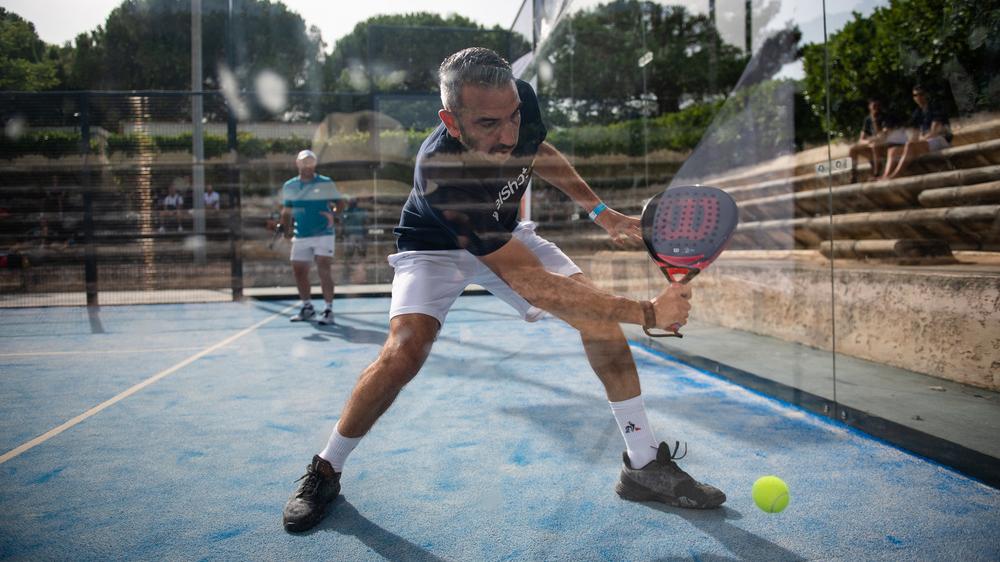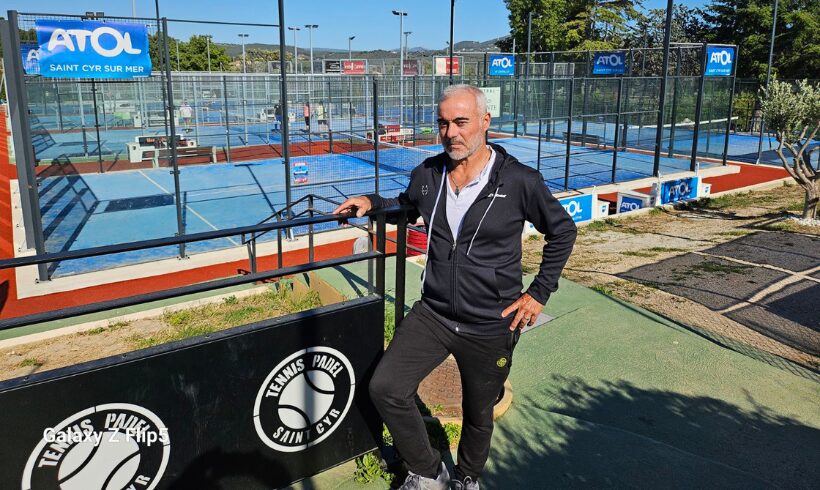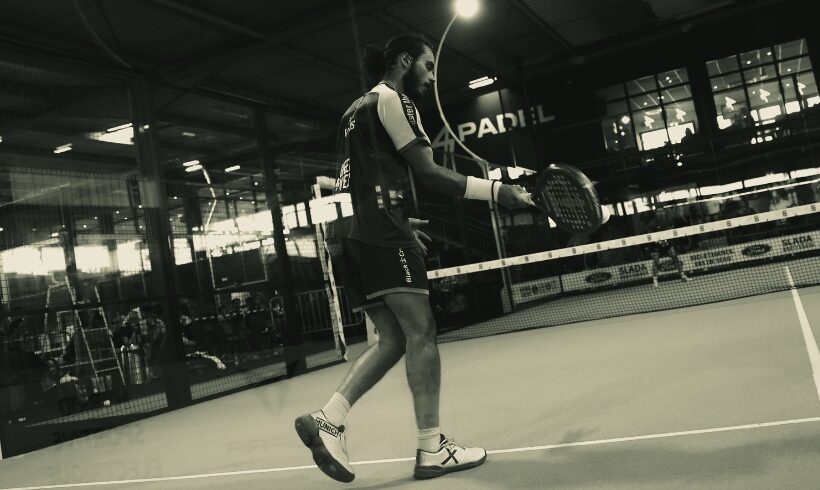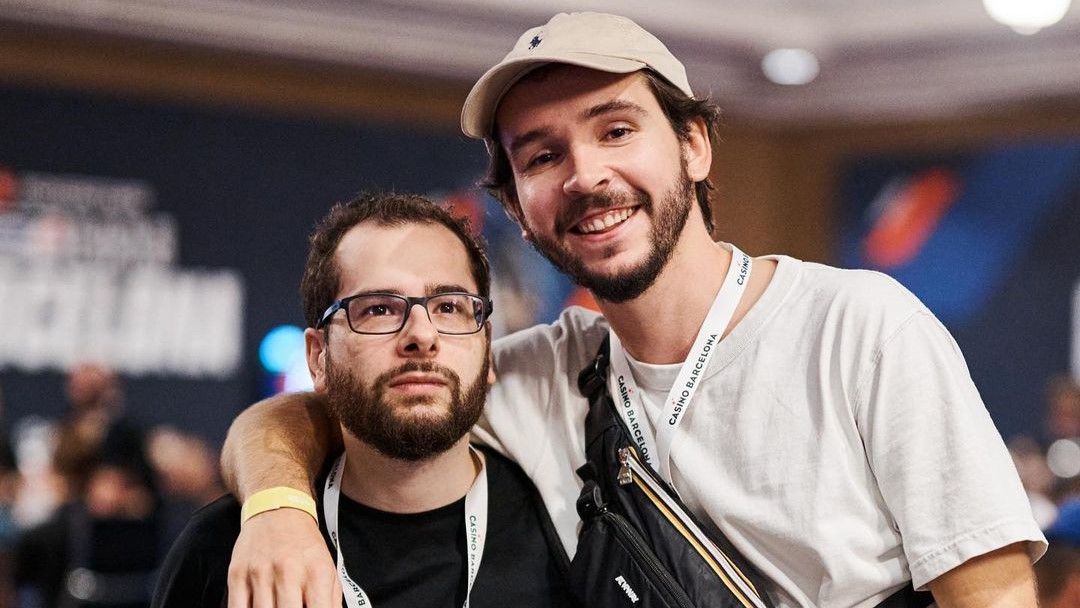The framework law on gender equality was passed in August 2014. Legislation wants to push the movement and that's what it does with this law. In addition, sports stakeholders are also working in the same direction, as is civil society. This law passed in 2014 "integrates for the first time all dimensions of equality, all levels and all sectors, educational, amateur, professional. This law stipulates the need to conduct a proactive policy in favor of women's sport through access to sport throughout the French territory, an identical treatment of women and men in high-level sport, as well as in the media and an equal access of women to technical leadership and leadership of sports federations, with a program to combat stereotypes "(Brocard P., (2015), Women are not made to run, Editions Belin, Paris, from 45 to 52)
In parallel with the 4 law of August 2014 the Ministry of Sports has committed to ask all sports federations a plan for feminization within the framework of the 2014-2017 objectives convention that binds them. Sixty-nine of the federations have done theirs including the French Tennis Federation (see annex 8). These feminization plans are aimed at developing women's sporting practice, access to management and training professions, access to arbitration professions and access to senior management positions. In this context the modification of the sport code should amplify the movement of the federations since it reinforces the female representation in the governing bodies, increasing the rate of representation of 25% to 40% depending on the case.
The feminization plan of the FFT is structured around the five axes specified in the objectives convention (the development of the practice, the governing bodies, the technical supervision, the arbitration, and the high-level sport). The aim being to act, according to the axes, at the local level, at the departmental level and at the regional level. To achieve this, the FFT proposes in this plan examples of actions, here are some:
-the practice of doubles: the Federation thinks that the double is a good way to create social bond because the double allows to meet new people while having fun with new partner (s). As the testimony of Jessica Garcia (Departmental Sports Advisor) shows, the majority of girls seek cronyism first and foremost. Therefore, doubles would be an effective way to get girls to play in clubs.
-the establishment of access formulas for facilitating clubs (example: "come play with a girlfriend"): this is an operation that clubs usually organize for a week. This animation consists in proposing to the girls of the tennis school to invite one of their friends to participate in a free training session. In general, the week
"Come and play with a girlfriend" works very well because girls like to meet up with a girlfriend to play sports (see Jessica Garcia's testimonial). In addition, this allows girls to try tennis without engagement and clubs to attract new members. Different types of similar actions exist such as "bring your parents," "family doubles," and so on.
-the amendment of statutes and regulations to facilitate women's access to leadership positions (proportionality): as we will see later, few women have access to positions of responsibility in governing bodies. To solve this problem, the FFT proposes to modify the statutes by introducing a rule enacting the fact of having on the steering committee 40% of women.
No drop in dismissed women is recorded by the FFT. For having spoken with several people working or having worked for the federal structure, the FFT decided to engage in women's tennis to avoid going under the one million mark. Because if she does not lose women, however, she loses her licensees. As a result, it has set itself the goal of increasing the share of women who are made redundant at 50%, at present there are 28,81%. The FFT sees women's tennis as an opportunity for development.
Graduated from a Masters in sports management and passionate about tennis, I carried out a study on the development of women's tennis. Practicing this sport for twenty years and today manager of my club (TC Morlaàs in the Pyrénées-Atlantiques), I am always on the lookout for new ideas aimed at improving the practice environment for members. I am therefore delighted to be able to share this work.





































































































 Premier Padel Brussels P2 – Alix Collombon qualified for the second round
Premier Padel Brussels P2 – Alix Collombon qualified for the second round Nallé Grinda: “Democratize the padel in the USA with PadelX "
Nallé Grinda: “Democratize the padel in the USA with PadelX " The score at padel : manual
The score at padel : manual The location chosen for the 2024 World Cup announced at the end of the month!
The location chosen for the 2024 World Cup announced at the end of the month! Simon Boissé: “We know that there are two nations in front of us”
Simon Boissé: “We know that there are two nations in front of us” Marie Maligo: “This period of frequent changes of partners was beneficial for me”
Marie Maligo: “This period of frequent changes of partners was beneficial for me” Alain Idier: “Adding tracks of padel, without sacrificing tennis”
Alain Idier: “Adding tracks of padel, without sacrificing tennis” Manuel Vives: “It’s extremely difficult to get by financially”
Manuel Vives: “It’s extremely difficult to get by financially” Padel Score comes to Tahiti for American Express Padel Cup!
Padel Score comes to Tahiti for American Express Padel Cup! Mind Padel Lyon and the Auvergne Rhône-Alpes League innovate with team tournaments
Mind Padel Lyon and the Auvergne Rhône-Alpes League innovate with team tournaments Simon Boissé: “We know that there are two nations in front of us”
Simon Boissé: “We know that there are two nations in front of us” Team PAX (Domingo / Xari) returns to victory
Team PAX (Domingo / Xari) returns to victory It’s off to a bad start for Pincho Fernandez and Javier Barahona…
It’s off to a bad start for Pincho Fernandez and Javier Barahona… Do you know the Rafa Nadal Academy Tour?
Do you know the Rafa Nadal Academy Tour? Play at padel on his yacht? Possible for €233.000!
Play at padel on his yacht? Possible for €233.000! TOP Padel : “A premium club with 10 slopes in Toulouse”
TOP Padel : “A premium club with 10 slopes in Toulouse” Our Top 10 training courses padel in France and Europe
Our Top 10 training courses padel in France and Europe At the heart of padel – Episode 25: Paul and Andoni answer your questions
At the heart of padel – Episode 25: Paul and Andoni answer your questions Tactical padel – What to do when faced with players who systematically stay at the bottom?
Tactical padel – What to do when faced with players who systematically stay at the bottom? The basic tactics of padel
The basic tactics of padel At the heart of padel – Episode 25: Paul and Andoni answer your questions
At the heart of padel – Episode 25: Paul and Andoni answer your questions At the heart of padel – Episode 23: defend the window well
At the heart of padel – Episode 23: defend the window well Prohibition on playing topless Padel : the reasons
Prohibition on playing topless Padel : the reasons FIP Tour – Going far from Europe, THE strategy to earn points!
FIP Tour – Going far from Europe, THE strategy to earn points! What is a good football player? padel ?
What is a good football player? padel ? “Lefties give me headaches when I play against them!”
“Lefties give me headaches when I play against them!” At the heart of padel – Episode 14: how to earn points in winter?
At the heart of padel – Episode 14: how to earn points in winter? A par 4 is always a winner...even if you manage to defend it!
A par 4 is always a winner...even if you manage to defend it! Carbon fiber VS fiberglass: what to choose?
Carbon fiber VS fiberglass: what to choose? How to effectively test a racket padel ?
How to effectively test a racket padel ? La padel to fight Parkinson's disease
La padel to fight Parkinson's disease Don't play with a cracked or broken racket, your body will thank you!
Don't play with a cracked or broken racket, your body will thank you! Michel Cymes: “The padel, physically, it’s serious!”
Michel Cymes: “The padel, physically, it’s serious!” Jeremy Gala: “Promote the padel among young people in Belgium remains a challenge”
Jeremy Gala: “Promote the padel among young people in Belgium remains a challenge” The French Touch Academy organizes its selection day Padel-Study
The French Touch Academy organizes its selection day Padel-Study Report on the detection and training of younger generations
Report on the detection and training of younger generations